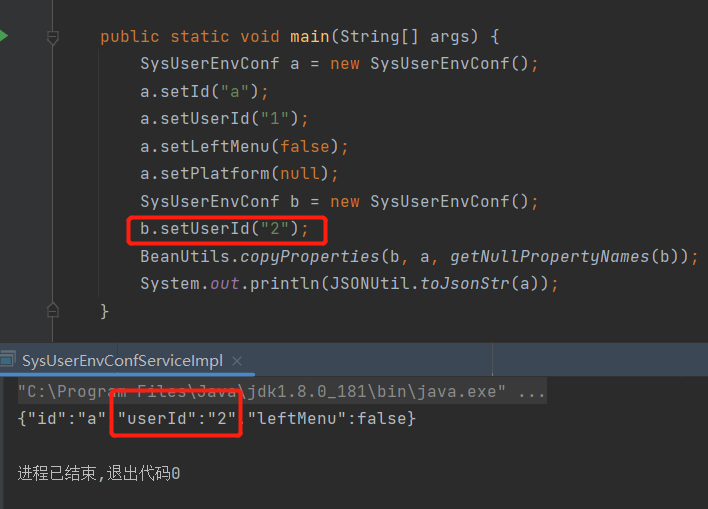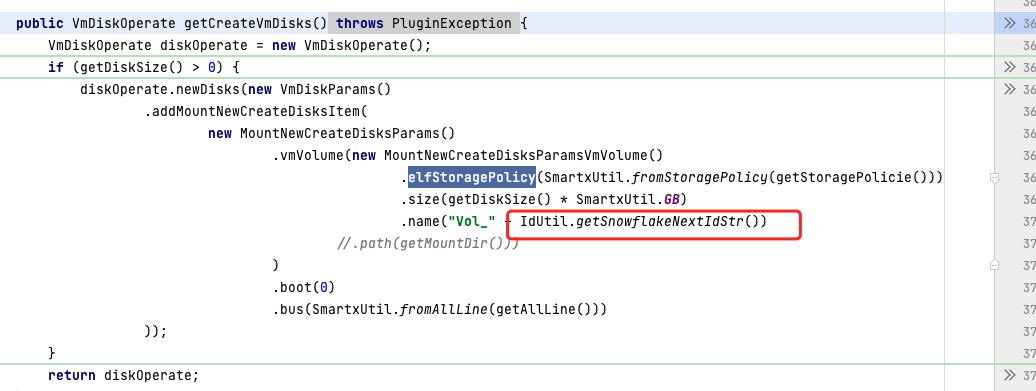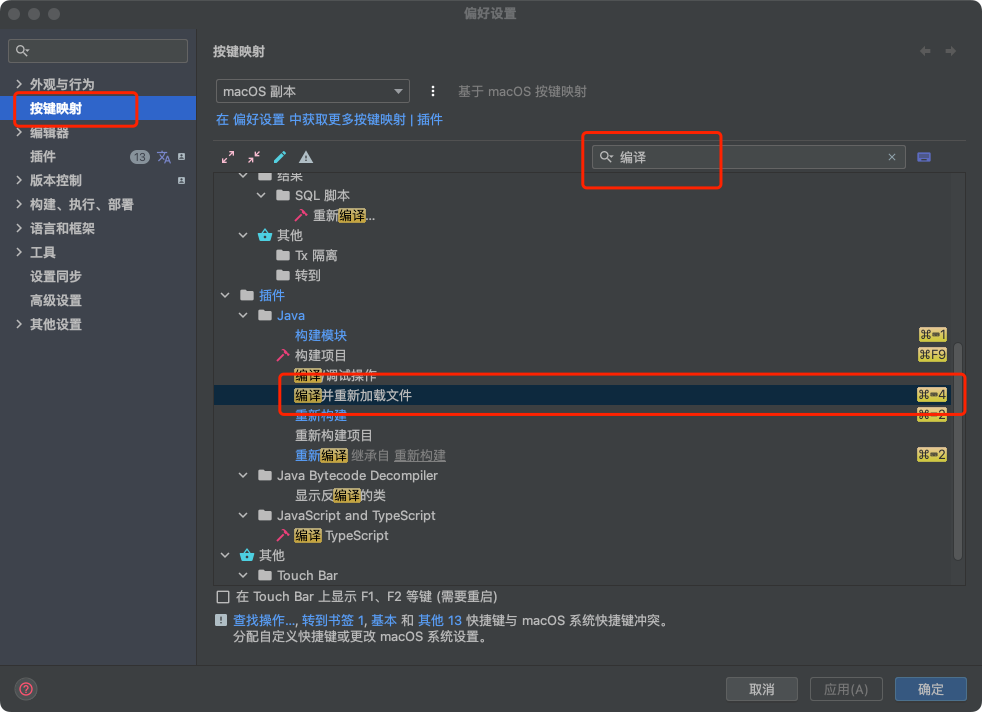内容目录
前言
之前遇到一个问题,想打印下对象的内存地址,找了很多博客,发现很多其实说的都不太对,所以有了这篇文章,和大家分享下如何正确查看
一、引入
先看一个简单的程序,一般我们打印对象,大部分是下面的情况,可能会重写下toString()方法,这个另说
Frolan frolan = new Frolan();
System.out.println(frolan);
// 输出结果
com.test.admin.entity.Frolan@2b80d80f
这个结果其实是调用了Object.toString打印出来的,就是类路径名+@+hashCode的16进制数
public String toString() {
return getClass().getName() + "@" + Integer.toHexString(hashCode());
}
toString中的hashCode()是一个native方法,就是我们要的地址值?我们往下分析看看
二、分析
我们通过hotspot源码来看看,如下:
static inline intptr_t get_next_hash(Thread * Self, oop obj) {
intptr_t value = 0 ;
if (hashCode == 0) {
// This form uses an unguarded global Park-Miller RNG,
// so it's possible for two threads to race and generate the same RNG.
// On MP system we'll have lots of RW access to a global, so the
// mechanism induces lots of coherency traffic.
value = os::random() ;
} else
if (hashCode == 1) {
// This variation has the property of being stable (idempotent)
// between STW operations. This can be useful in some of the 1-0
// synchronization schemes.
intptr_t addrBits = cast_from_oop<intptr_t>(obj) >> 3 ;
value = addrBits ^ (addrBits >> 5) ^ GVars.stwRandom ;
} else
if (hashCode == 2) {
value = 1 ; // for sensitivity testing
} else
if (hashCode == 3) {
value = ++GVars.hcSequence ;
} else
if (hashCode == 4) {
value = cast_from_oop<intptr_t>(obj) ;
} else {
// Marsaglia's xor-shift scheme with thread-specific state
// This is probably the best overall implementation -- we'll
// likely make this the default in future releases.
unsigned t = Self->_hashStateX ;
t ^= (t << 11) ;
Self->_hashStateX = Self->_hashStateY ;
Self->_hashStateY = Self->_hashStateZ ;
Self->_hashStateZ = Self->_hashStateW ;
unsigned v = Self->_hashStateW ;
v = (v ^ (v >> 19)) ^ (t ^ (t >> 8)) ;
Self->_hashStateW = v ;
value = v ;
}
value &= markOopDesc::hash_mask;
if (value == 0) value = 0xBAD ;
assert (value != markOopDesc::no_hash, "invariant") ;
TEVENT (hashCode: GENERATE) ;
return value;
}
代码的大概意思就是,根据不同的hashCode返回不同的结果
hashCode=0,返回随机数
hashCode=1,将oop的地址做位运算、异或运算得到的结果
hashCode=2,固定值1
hashCode=3,返回递增序列当前值
hashCode=4,oop的地址
hashCode=其他值,简单理解为移位寄存器,线程安全
三、实验
接下来,我们通过设置不同的JVM启动参数来模拟一下
1、设置-XX:hashCode=2,可以看到输出结果是固定值1
// -XX:hashCode=2
for (int i = 0; i < 3; i++) {
Frolan frolan = new Frolan();
System.out.println(frolan.hashCode());
}
// 输出结果
1
1
1
2、设置-XX:hashCode=3,可以看到输出结果是递增的值
// -XX:hashCode=3
for (int i = 0; i < 3; i++) {
Frolan frolan = new Frolan();
System.out.println(frolan.hashCode());
}
// 输出结果
714
715
716
3、默认值
前面主要模拟了hashCode=2和3的情况,其它情况没那么好验证,感兴趣的话,大家测试交流下~
如果我们不设置启动参数,默认值是什么?
通过命令可以看到,默认值是5,所以在我们不设置的情况下,打印的并不是对象的内存地址
java -XX:+PrintFlagsFinal -version | grep hashCode
intx hashCode = 5 {product}
java version "1.8.0_101"
Java(TM) SE Runtime Environment (build 1.8.0_101-b13)
Java HotSpot(TM) 64-Bit Server VM (build 25.101-b13, mixed mode)
另一种说法,hashCode=4,就是对象的内存地址,这个也是错的,它拿的其实是oop的地址,System.identityHashCode()方法拿到的也是这个地址
四、正确获取
如果想要获取真正的对象地址,可以使用Java 对象布局 ( JOL ) 工具
1、引入依赖
<dependency>
<groupId>org.openjdk.jol</groupId>
<artifactId>jol-core</artifactId>
<version>0.9</version>
</dependency>
2、具体代码
Frolan frolan = new Frolan();
System.out.println(VM.current().addressOf(frolan));
// 输出结果
31867940040




